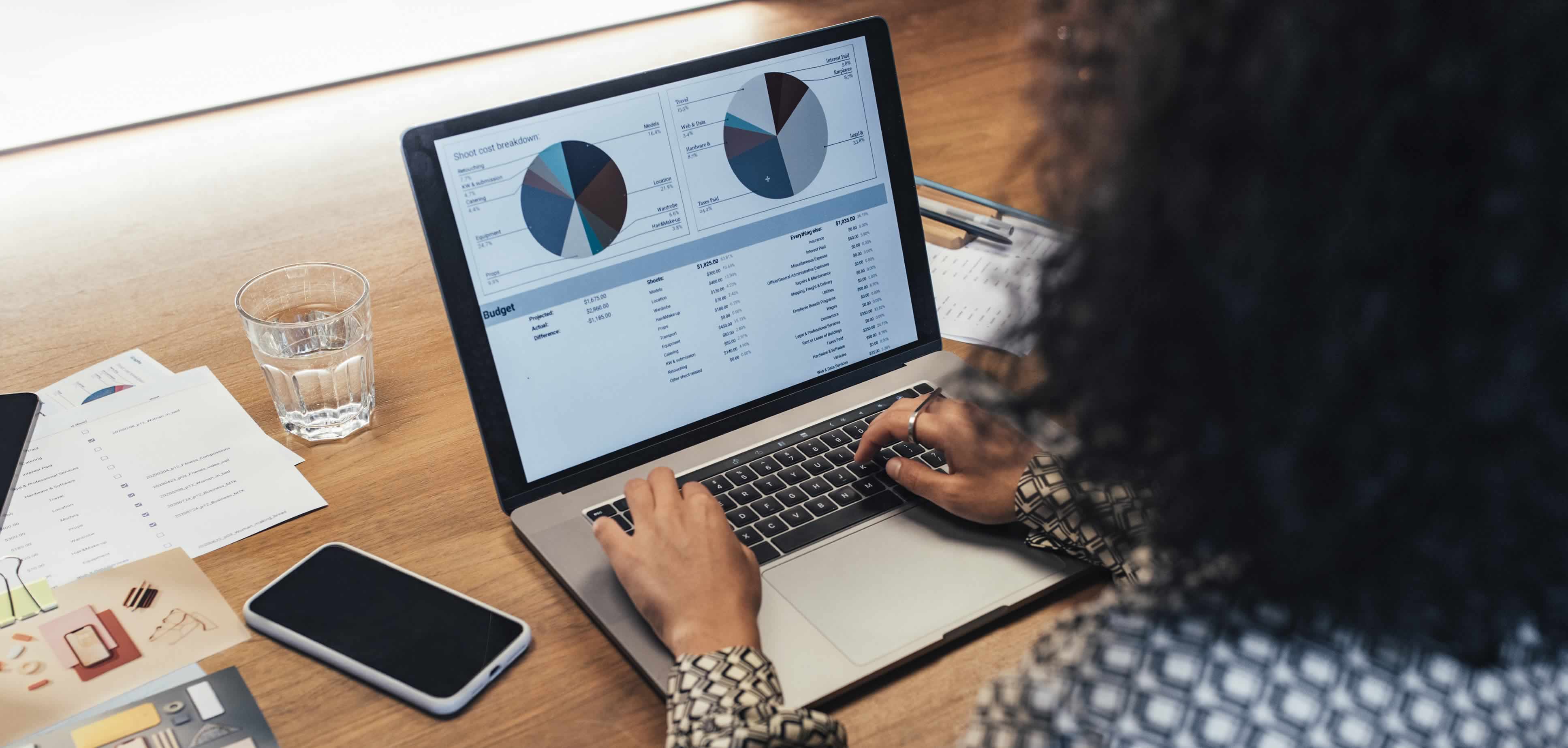Buying and Selling

How do you buy and sell securities? The process is actually very easy, thanks in large part to technology—so easy it almost seems like you have a direct line to the markets and are doing the buying and selling yourself. But you’re not—a brokerage firm, also called a broker-dealer, is.
Any time you buy or sell stocks, bonds and other securities, you typically must first open a brokerage or other investment account. There are many different types of broker-dealers, ranging from firms that work only with big, institutional clients or specialize in executing corporate transactions to firms that specialize in working with average, individual investors. Even among those that work with individual investors, there’s a lot of variety across a wide spectrum. At one end, discount brokerage firms might offer low- or even zero-commission trading but limited other services. At the other end, full-service firms might allow you to work directly with an investment professional, gain access to the firm’s proprietary research, and obtain financial planning, retirement or tax services—and much more.
Almost all firms have some form of digital presence that allows you to check your account, get market-related information, enter an order to buy or sell a security, and more. But even when you place an order through an app or online, it’s still your brokerage firm that’s responsible for handling trade routing, execution and settlement and for providing trade confirmations.
Use FINRA BrokerCheck to check the registration status and background of brokerage firms and any investment professionals you work with or are considering. And regardless of whether you take a do-it-yourself, self-directed approach or work with a professional, be sure you understand these three essential things before you buy and sell any investment product:
- Fees and expenses – Discuss costs with your investment professional if you’re using a full-service brokerage firm. Online brokerage firms provide cost information on their site or through their trading app. Costs may include sales commissions, markups or markdowns, administrative and management charges, and costs associated with the sale or redemption of an investment. No investment is truly free. FINRA’s Fund Analyzer can help you understand and compare fund fees and expenses.
- Order types – You have the ability to exercise some control over how and when your stock orders are executed, depending on the type of order you enter. This in turn can influence the price at which you buy or sell securities.
- Tax implications – You must pay taxes on the income you earn each year from investments in your taxable accounts—even if you don’t sell the stock, bond, mutual fund or other income-producing security. Interest earned on bank products or some bonds is usually taxed at your ordinary income rate, while dividends received from stocks or mutual funds are taxed at either your ordinary income rate or a lower capital gains tax rate, depending on when you purchased the security and how long you held it. Capital gains and losses refer to the profit or loss you realize upon the sale of an investment; their tax treatment varies based on how long you held the asset. Some investments—such as real estate and retirement account investments—can also have special tax considerations to keep in mind. Talk with your investment professional or a tax advisor about the potential implications of specific investments.
While your brokerage firm does the actual buying and selling, it’s up to you to research each investment product and understand what you’re investing in. Read more about buying and selling specific types of investment products. In addition, be sure you understand the consequences of buying and selling in different types of investment accounts.
As you make decisions, it’s important to assess whether the securities in your account remain aligned with your investment goals. You should also understand and be comfortable with the risks, costs and liquidity of your investments.
After You Buy or Sell
After any trade, review your trade confirmation and account statement as soon as you receive it. Confirm that it correctly reflects your investment decisions and any actions you made or authorized.
Whether you work with an investment professional or trade on your own, monitor your investments. Keeping track of them can help prevent minor mistakes from turning into big problems.
Learn more about key investing topics.



